For centuries, saunas have held a cherished place in many cultures. They're known to bring both relaxation and numerous health benefits. But let's be real, building a sauna raises a whole bunch of questions. A big one that pops up is, "What is the best wood for a sauna?" This isn't just about aesthetics—though a beautiful sauna is amazing—it's about getting that authentic sauna experience. Different sauna wood types bring key qualities to the table. Some are known for their pleasant aromas, others for how well they handle the high temperatures of saunas. Let's break down the ins and outs of choosing the best wood for a sauna so you can relax and enjoy.
A Deep Dive Into Sauna Wood Types

Picking the right wood for a sauna goes beyond looks; it impacts durability, how well it handles heat, and even the overall feel of your sauna sessions. These are all key qualities to consider for creating the optimal sauna environment.
Purchase indoor saunas at Heracles Wellness.
Why Heat Resistance Matters in Sauna Wood
Saunas can get seriously hot, meaning the wood needs to be up to the task. Heat-resistant wood won't warp, crack, or—worst-case scenario—release harmful stuff into the air. A hemlock sauna or cedar sauna are popular choices because of their heat resistance. We want a soothing sauna experience, not a hazardous one.
Durability for the Long Haul
Think about it: your sauna will be exposed to constant cycles of high heat and humidity. That's a tough job for any material. That's why durability is so important in sauna construction. Cedarwood, for example, is naturally resistant to rot and decay making it a popular choice for sauna interiors.
Hemlock is known for being sturdy, making it a great choice for sauna walls. Your choice here ensures your sauna stands the test of time.
Looking for an outdoor sauna product range?
Embracing the Beauty: Aesthetics and Sauna Wood
Beyond the practical stuff, the appearance of the wood significantly affects the vibe of your sauna. It's about creating a space that's not just functional but inviting. Think about the color of the wood.
Lighter tones like Aspen create a feeling of spaciousness, while the brown color of Redwood evokes a sense of warmth. The grain pattern of the wood is important as well. Some people prefer the uniform grain of Nordic Spruce, while others prefer a more rustic look with a lot of character. Ultimately, the best wood for a sauna is the one that you find the most visually appealing.
Popular Sauna Wood Options: Weighing the Pros and Cons
Each wood type comes with its own set of benefits and drawbacks. Let's explore some common choices to help you pinpoint the perfect match for your needs.
Cedar: Aromatic and Durable

When it comes to sauna wood, Cedar often steals the show, and for good reason. Cedar is known for its pleasant aroma and durability, making it a popular choice for wood saunas. Its aromatic fragrance is a big draw, instantly creating that spa-like atmosphere we all crave. Western Red Cedar is the most popular type of cedar for saunas, and it's easy to see why.
-
Pros: Aromatic, Naturally resistant to decay and insects, Excellent heat retention
-
Cons: Can be more expensive than other options, The strong aroma can be overpowering for some
Hemlock: Affordable and Reliable

Hemlock offers a budget-friendly way to achieve that classic sauna look. Its light color and even grain make it visually appealing. Hemlock's resilience to moisture is another bonus. Hemlock is a durable wood that is known for its straight grain and uniform texture. It is also a good insulator, which helps to keep the heat in the sauna.
-
Pros: Cost-effective, Durable, Smooth finish, Less prone to warping
-
Cons: Doesn't offer the same aromatic experience as Cedar, May require more frequent cleaning
Aspen: Clean and Non-Toxic

If a clean and minimalist aesthetic is your goal, Aspen could be your perfect match. This wood is known for its light color and knot-free appearance. The fact that it doesn't release strong odors makes it great for those with sensitivities. Aspen is a popular choice for sauna benches and backrests because it is highly resistant to heat. It is a great sauna wood that also has a light white color.
-
Pros: Hypoallergenic, Light in color, Resistant to splintering
-
Cons: Not as readily available as cedar or hemlock
Nordic Spruce: The Traditional Choice

Nordic Spruce is a popular choice for saunas in the northern hemisphere. It is a light-colored wood with a uniform appearance and creamy white color. It is also a good insulator and has a pleasant aroma. Nordic Spruce is often used for traditional saunas because of its high resin content, which gives it a natural resistance to moisture and decay.
-
Pros: Beautiful light color, Pleasant, subtle aroma, Naturally resistant to rot and decay.
-
Cons: Can be more expensive, May require more maintenance than other woods
Douglas Fir: Strong and Durable
Douglas Fir is a strong, durable wood that is a good choice for sauna walls and ceilings. It is also relatively affordable compared to other sauna woods, making it a great option for those on a tight budget. It is known for its strength and durability, making it an excellent choice for high-traffic areas.
-
Pros: Strong and durable, Relatively affordable, Beautiful grain pattern
-
Cons: Can be difficult to work with, May require more maintenance than other woods
Common Aspen: Sustainable and Affordable
Common Aspen is a sustainable and affordable option for sauna wood. It has a pale yellow color that will brighten up your sauna. Aspen is known for its rapid growth, making it a sustainable choice. It is also a good insulator, making it a good choice for sauna construction. Aspen is often used for sauna walls and ceilings and is known for its light white color.
-
Pros: Sustainable and affordable, Good insulator, Light color
- Cons: Not as durable as some other woods, Can be susceptible to denting
Worried about the cost of a sauna? See how much a 1 person sauna costs in our guide to get an idea.
Choosing the Right Wood: What To Consider?
When asking "What is the best wood for a sauna?", you also need to factor in a few practicalities. This includes setting a budget and thinking about ongoing maintenance. Here are additional considerations for picking the right wood for your sauna:
1. Your Budget
Let's be practical - costs matter. While Cedar is popular, it tends to be pricier than other choices like Hemlock. Figure out how much you can realistically spend. Remember, quality is vital in a sauna build.
2. Maintenance and Upkeep
Every wood requires a bit of TLC, but some demand more attention than others. For instance, Hemlock might need cleaning more often due to its porous nature. Factor in your maintenance tolerance.
Are you okay with regular upkeep? This impacts your choice.
3. Style and Personal Preference
This part is about making your sauna truly your own. Consider what aesthetic resonates with you. Do you gravitate toward the rich warmth of Redwood or prefer the clean look of Aspen? Each type of wood sets a distinct mood.
Think about what kind of atmosphere you want to create in your sauna. Do you want a traditional sauna experience or something more modern? Do you want a sauna that is relaxing and calming, or one that is invigorating and energizing?
4. The Type Of Sauna You Are Building
The type of sauna you are building will also play a role in choosing the right wood. For example, if you are building a traditional Finnish sauna, you will want to use a wood that can withstand high temperatures and humidity. If you are building an infrared sauna, you can use a wider variety of woods.
Conclusion
Selecting the ideal wood for your sauna isn't about just picking the "best" in a general sense - it's about the best for YOU. We've explored the top contenders, each bringing unique traits that might fit your preferences. Consider your budget, desired aesthetic, and maintenance expectations when making your decision. With careful consideration, you can choose the perfect wood to create a sauna that meets your needs and provides you with years of enjoyment. There are plenty of wood options out there to build a sauna that fulfills your relaxation dreams.
Q: What are the best wood types for a sauna?
A: The best wood for a sauna are western red cedar, cedar wood, and pine, which are known for their durability, resistance to humidity, and aromatic properties.
Q: Why is western red cedar a popular choice for sauna wood?
A: Western red cedar is popular for saunas due to its natural resistance to decay and insects, as well as its pleasant aroma that enhances the sauna experience.
Q: What are the advantages of using thermally modified wood for a sauna?
A: Thermally modified wood is a great option for saunas as it has improved stability, durability, and resistance to moisture and decay compared to untreated wood.
Q: Can pine be used as a wood for sauna construction?
A: Yes, pine can be used in sauna construction as it is a cost-effective option and can provide a traditional sauna experience.
Q: How does the choice of sauna wood impact the overall sauna experience?
A: The choice of sauna wood can affect the ambiance, scent, and durability of the sauna, ultimately enhancing the overall sauna experience for users.
Q: What are some factors to consider when selecting wood for an outdoor sauna?
A: When choosing wood for an outdoor sauna, consider its resistance to weather conditions, durability, and ability to withstand outdoor elements for a longer lifespan.
Q: Are there specific wood species commonly used in sauna design?
A: Yes, western red cedar, cedar wood, and pine are commonly used wood species in sauna design due to their properties that make them ideal for sauna construction.


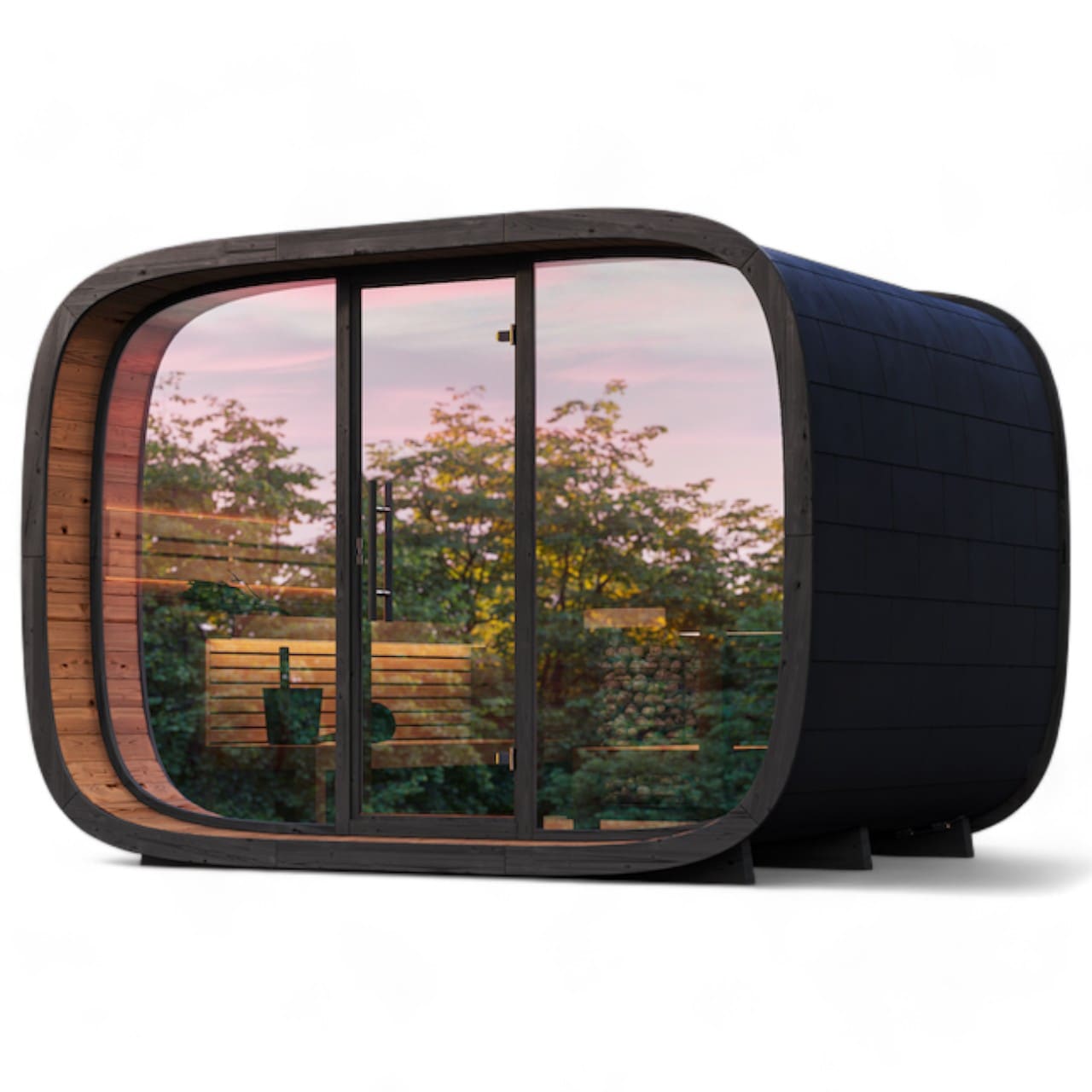
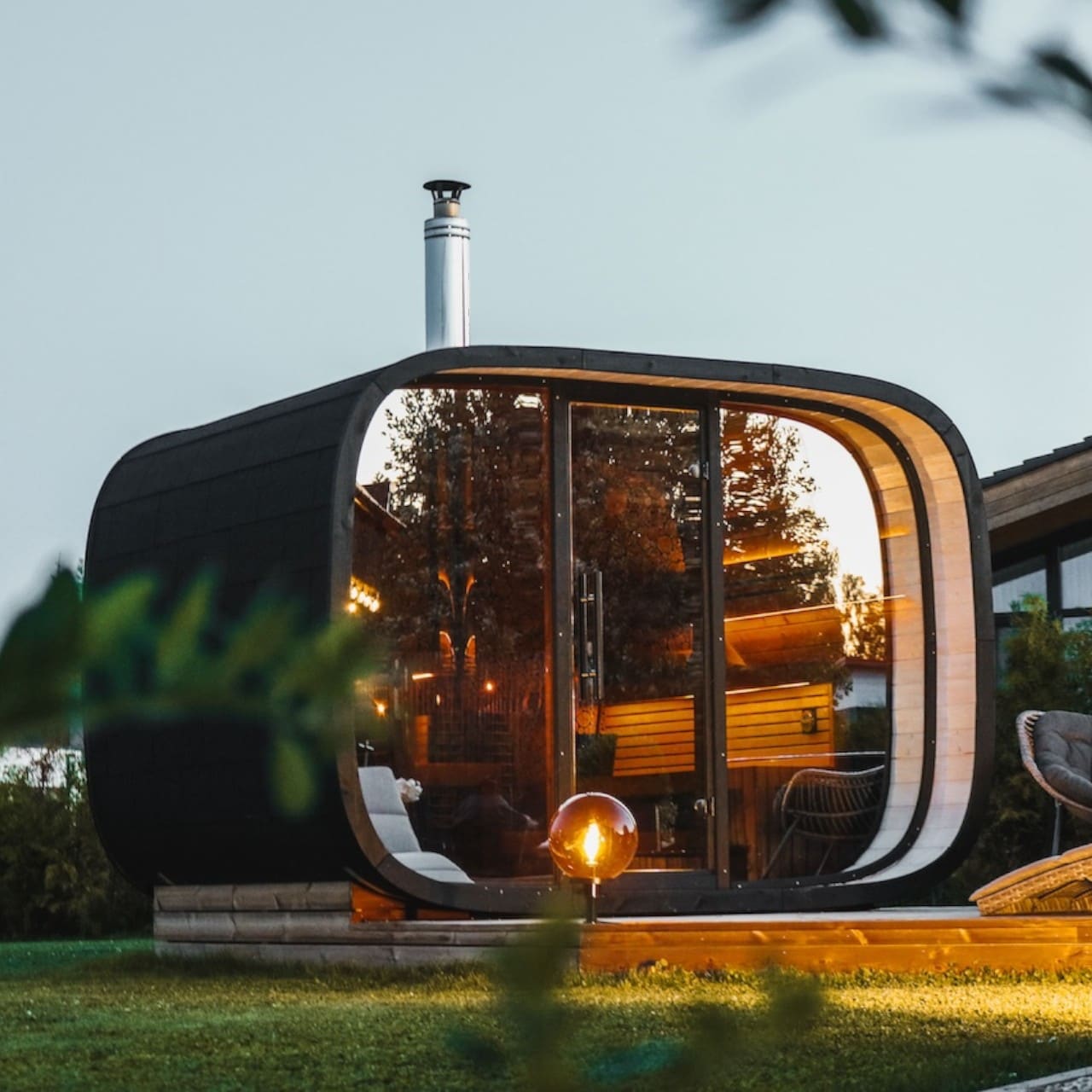
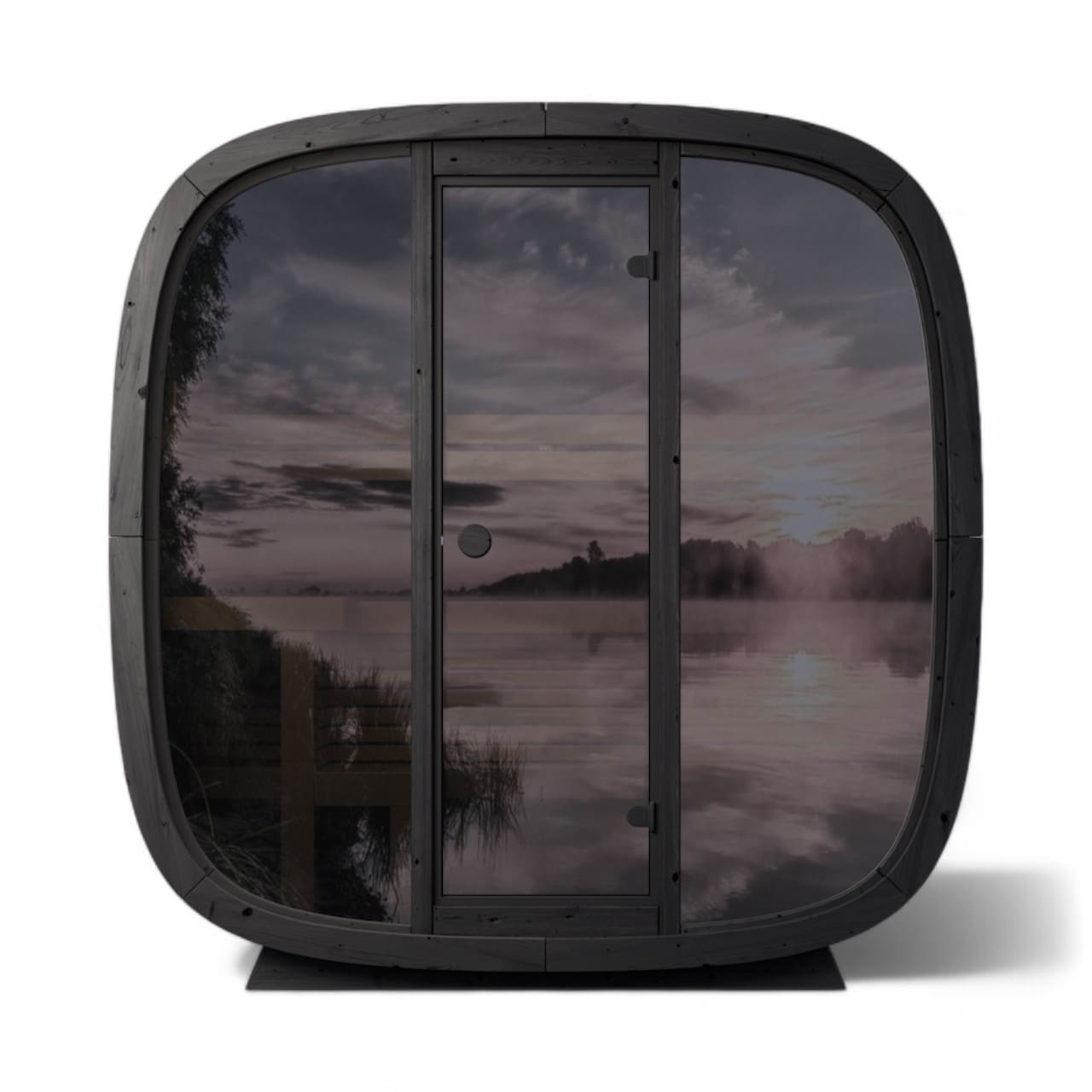
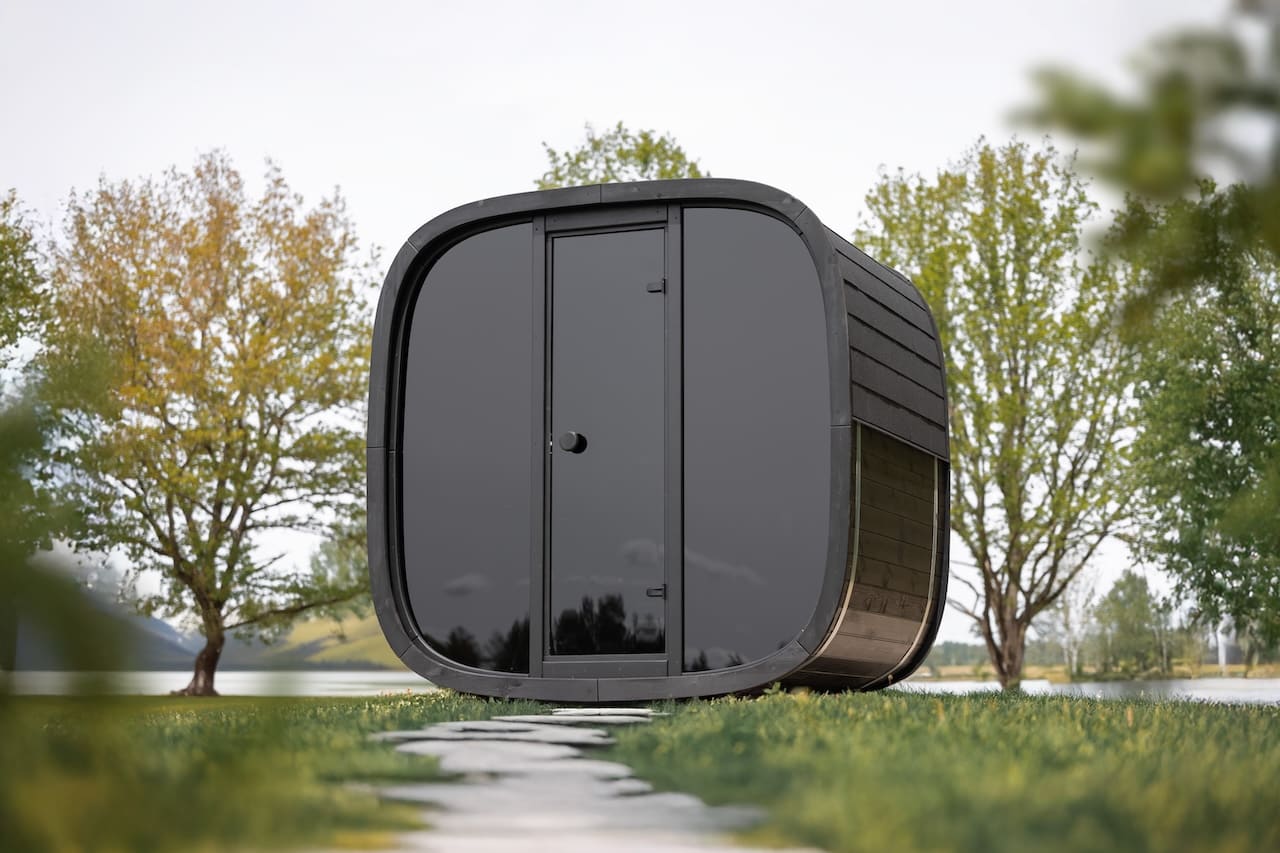
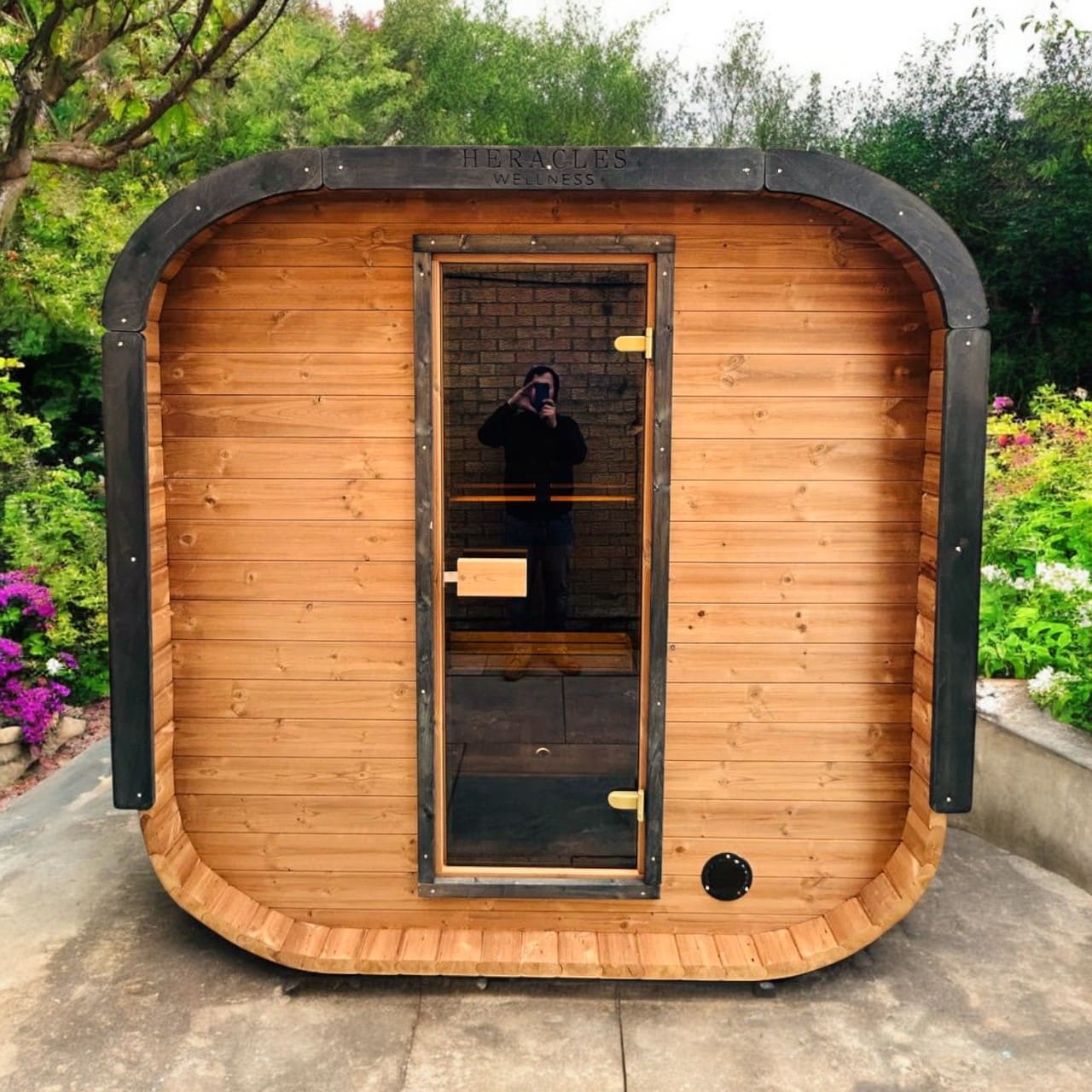
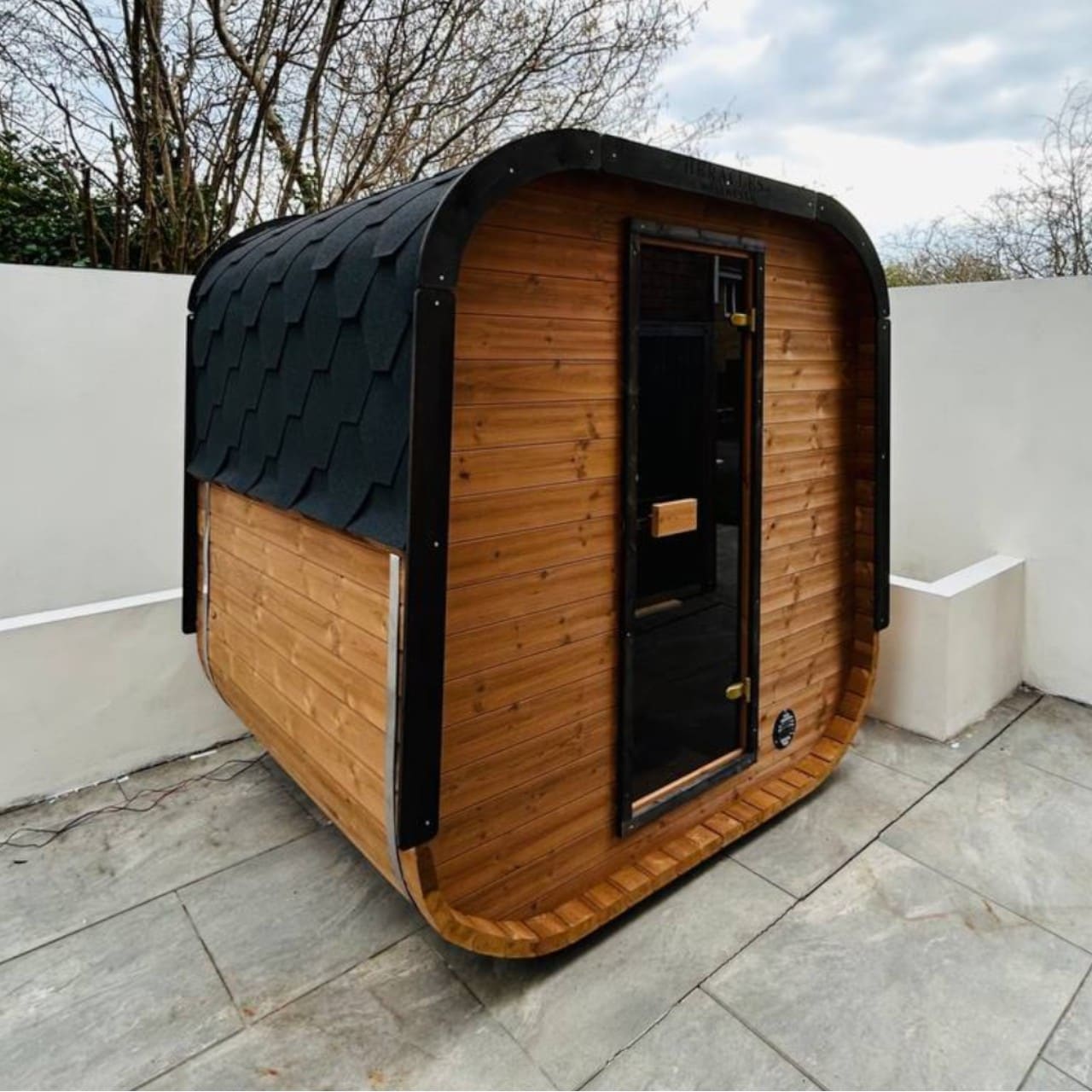


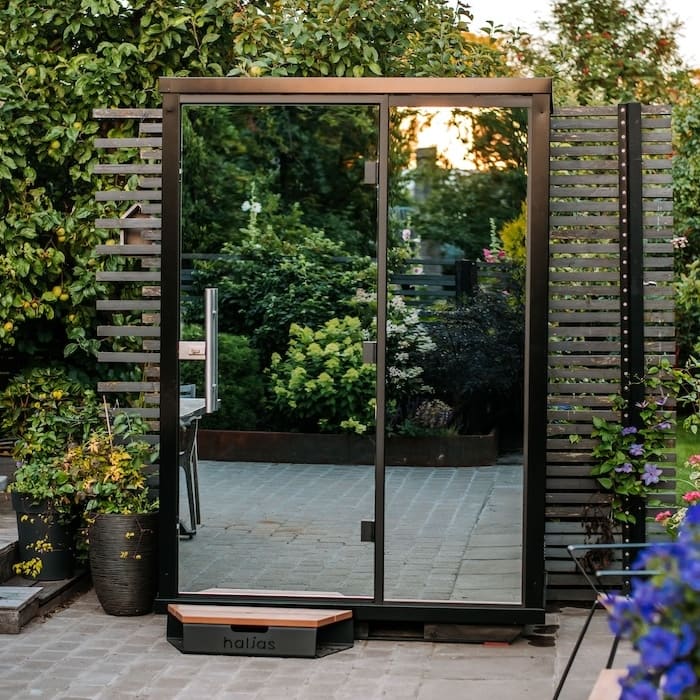
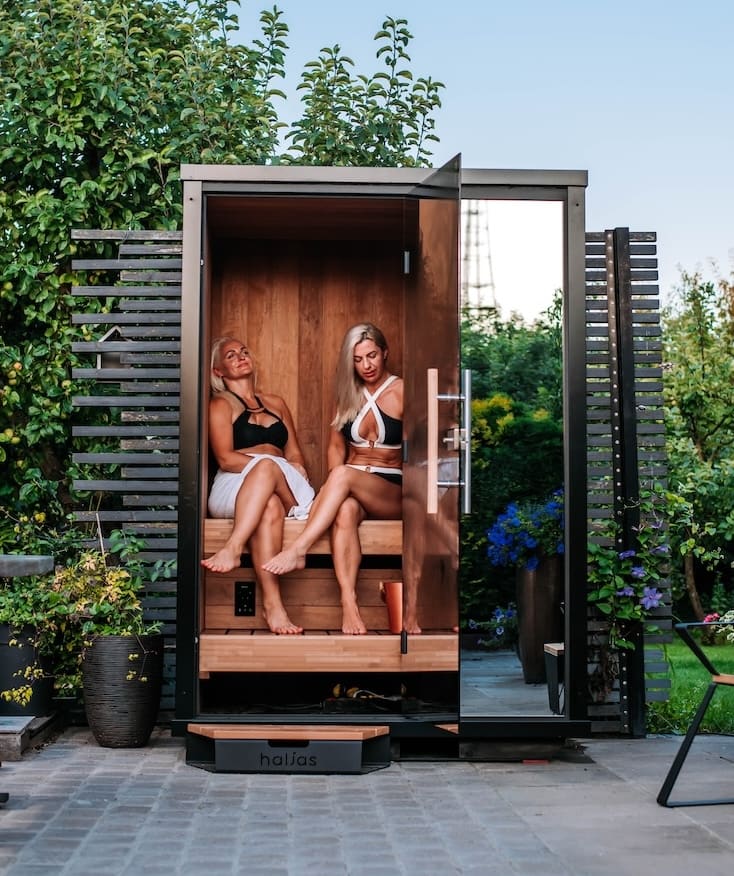



Leave a comment